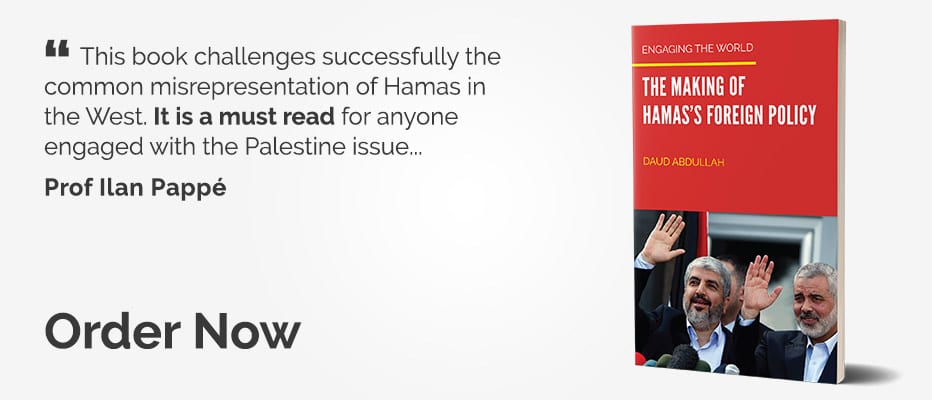Rubeena Akhtar has a lot to do before Thursday, the day Indian-administered Kashmir will celebrate Eid Al-Adha, or the "Feast of Sacrifice".
Relatives and friends will be coming over all through the day and Akhtar wants everything to be perfect.
She has already made her trip to the neighbourhood baker to stock up on pastries, cookies, cakes and Kashmiri "kulchas" – salted biscuits that are a regional delicacy.
"Our Eid day will begin with the Fajr (dawn) prayer and a breakfast of these bakery goods with 'doodh kehwa'," said Akthar, referring to a rich beverage with roots in Kashmir's royal cuisine made with cardamom, grated almonds and sweetened milk.
That is followed by the Eid prayers at various places, after which people start making the rounds to meet their loved ones.
This is when Akhtar brings out the kulchas and "noon chai," a special salted tea synonymous with Kashmiri cuisine, to the point that it is widely known outside the region as simply "Kashmiri chai".
READ: 'Everything has changed': Lebanon troubles blight Eid Al-Adha spirit
Her focus will then solely be on lunch, the main gathering her family hosts for Eid Al-Adha.
"Every year, I make at least seven to eight dishes for Eid and most of them have meat in them," Akhtar, 42, told Anadolu.
Famous in her family as a top chef, she whips up delicacies such as "rogan josh", a curried meat dish with spices, fried shallots and lots of ghee, and "methi maaz", which is centred on lamb intestine and fenugreek leaves.
Then there is her "kofta" – or "kofte" as they are known in Turkish – platter: meatballs with flavourful spices served with a variety of condiments and onions.
"Korma" and "yakhni" are two other dishes that Akhtar excels at, the first being a delicately spiced meat curry and the latter a meat dish with yoghurt gravy and whole spices.
She also has a vegetarian delicacy in her repertoire, known as "tamatar chaman", a delicious dish with paneer – soft uncured cheese – cooked in tomato gravy.
'No one eats alone'
Food has always been an integral part of social life in Kashmir, according to Zareef Ahmad Zareef, a Kashmiri author and poet.
"Our food brings us together. It is a force that fosters unity and brotherhood," he told Anadolu.
"No one eats alone here. You won't see that here. That is the beauty of this place, be it Eid or a wedding or any family gathering. Everyone eats together."
Most Muslims prefer to sacrifice their animals on the first of the three days of Eid Al-Adha, which gives them enough time to distribute the meat among relatives, friends and the poor.
Livestock sacrifice is a central feature of Eid Al-Adha, which is the second major festival for Muslims and takes place between the 10th and 13th day of the Islamic month of Dhul Hijjah, as Hajj – the sacred pilgrimage that is the religion's fifth and final pillar – finishes in Saudi Arabia.
However, the sacrifice, which honours the Prophet Ibrahim's willingness to give up his son, Ismail, on God's command, is not an obligation in Islam, rather something that is encouraged.
READ: Defying high prices, Muslim pilgrims head to Makkah for Hajj
"Once the 'qurbaani' (sacrifice) is done and the meat is distributed, people start gathering for the Eid lunch," said Zareef.
"We have a great variety of dishes for these occasions and usually all of them are laid out for the Eid feast."
Changing traditions
Zareef also shed light on how traditions have changed in Kashmir over the years.
"Eid had an altogether different feeling back when we were kids. I remember the excitement gave us sleepless nights," he said.
"Everything seemed wondrous – from the clothes to the Eidi (money received from elders). We do have some of those things today, but others not so much."
One of the aspects that have changed in Kashmir is the traditional clothes.
For women, there was the "tilla" embroidery, handmade designs of stunning intricacy woven on garments such as the "pheran", a loose overcoat worn by Kashmiris.
Mohammad Nayeem, a designer, said people's preferences in clothes have changed drastically over time.
"The internet and social media have been a massive influence," he told Anadolu.
"For this Eid, I have received dozens of orders from customers who saw something on social media and asked to me replicate it for them."
READ: Turkish Red Crescent distributes meat to 3,000 Yemeni families on Eid Al-Adha
Another thing seen in the past was the "rouf", one of Kashmir's most famous folk dances, part of celebrations for spring or important festivals such as Eid.
"While we are still celebrating Eid with great fervour, we do miss those certain cultural practices that were uniquely ours," said Zareef.
The views expressed in this article belong to the author and do not necessarily reflect the editorial policy of Middle East Monitor.

![People do shopping at the market place near the historical Jama Masjid mosque ahead of the Eid al-Adha in the old quarters of New Delhi, India on June 27, 2023 [Amarjeet Kumar Singh/Anadolu Agency]](https://i0.wp.com/www.middleeastmonitor.com/wp-content/uploads/2023/06/AA-20230627-31538699-31538690-PREPARATIONS_FOR_EID_ALADHA_IN_INDIA-scaled-e1687966925377.jpg?resize=1200%2C800&quality=85&strip=all&zoom=1&ssl=1)

